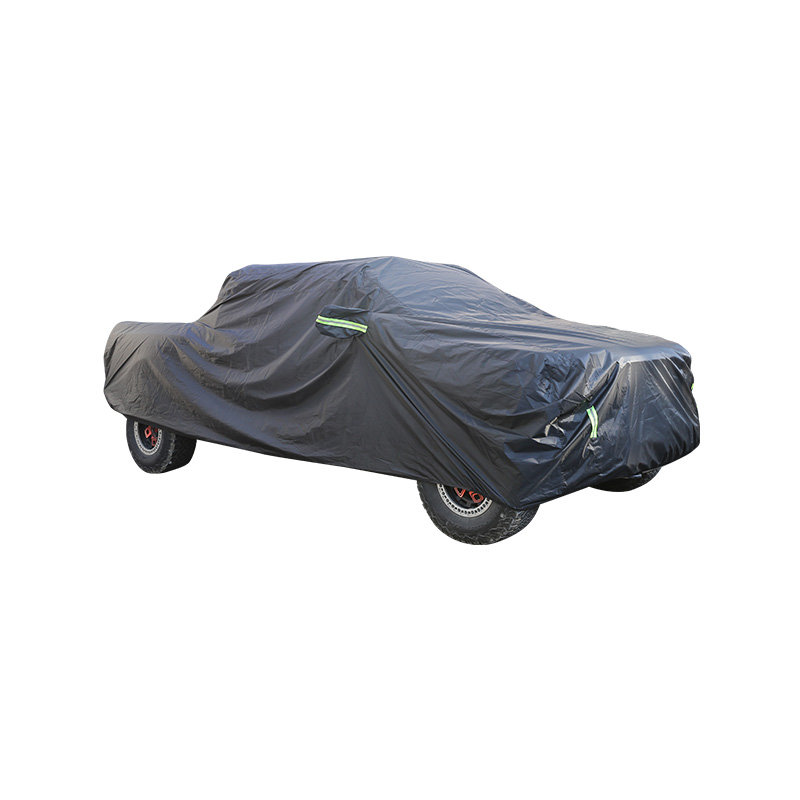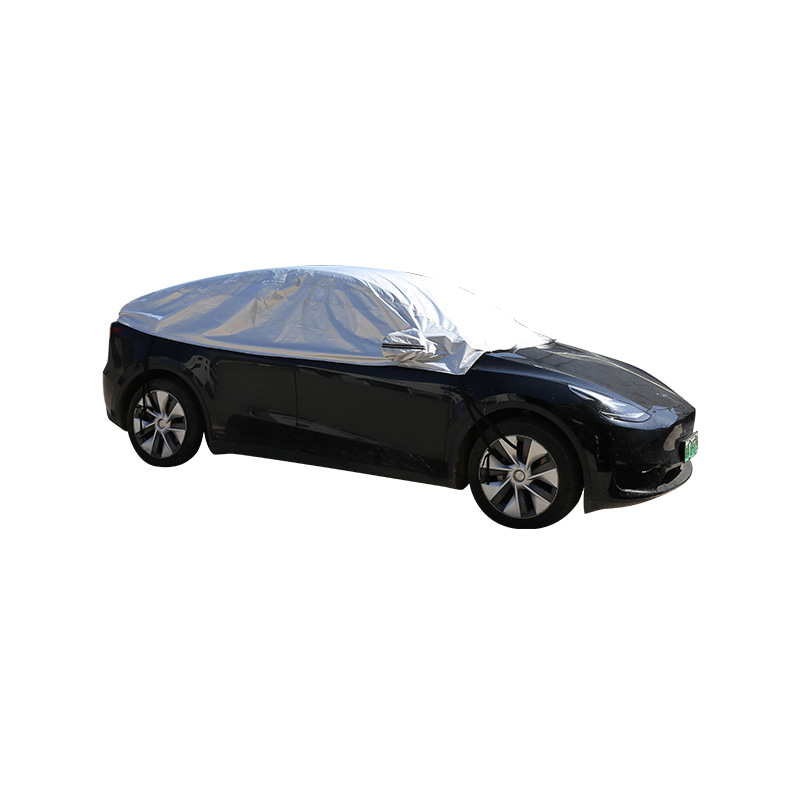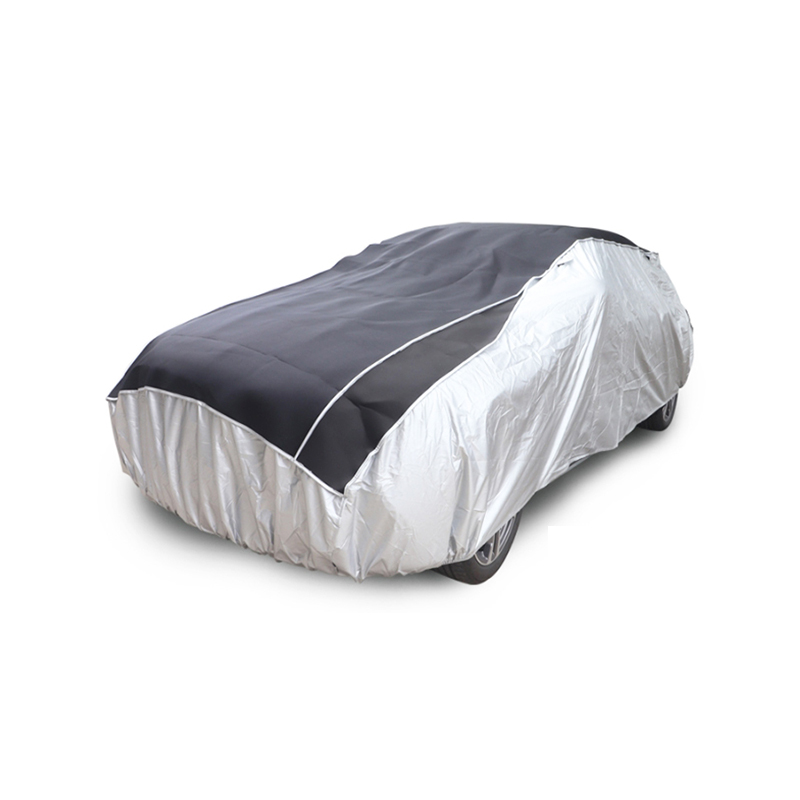As global temperatures continue to break records, sun shade products have emerged as essential items for homeowners, motorists, and outdoor enthusiasts seeking protection from intense sunlight. These versatile protective solutions range from simple window coverings to sophisticated architectural installations, all designed to reduce heat exposure while maintaining visibility and airflow. The growing sun shade market reflects increasing public awareness about sun protection extending beyond skincare to encompass living and recreational spaces.
Modern sun shade technology has evolved significantly from basic tarpaulins to innovative materials that block harmful UV rays while allowing breezes to pass through. High-performance fabrics now used in premium sun shade products can filter up to 95% of ultraviolet radiation without creating the oppressive darkness of traditional covers. This balance between protection and comfort has made contemporary sun shades particularly popular for patios, playgrounds, and pool areas where people want to enjoy outdoor time without sun overexposure. The materials also resist fading and degradation from constant sunlight exposure, ensuring long-term usability.
Automotive applications represent one of the fastest-growing segments in the sun shade industry. Drivers increasingly recognize that dashboard protection does more than keep car interiors cool—it prevents cracking of vinyl surfaces and reduces harmful UV exposure during commutes. Today's vehicle sun shades feature custom fits for different makes and models, with some incorporating reflective surfaces that significantly lower cabin temperatures. The convenience of foldable designs has improved storage options, while innovative mounting systems allow for easy installation and removal. These automotive sun shades have become particularly valuable in urban areas where parking spaces lack natural cover.
Residential architecture has embraced sun shade elements as both functional and aesthetic components. Homeowners now incorporate permanent sun shade structures like louvers and pergolas into building designs to reduce cooling costs and create comfortable outdoor living spaces. Movable sun shade systems allow for adjustment based on the sun's position throughout the day, optimizing shade coverage while preserving views. These installations demonstrate how sun shade solutions have evolved from temporary fixes to integrated design elements that enhance property value and energy efficiency.
Public spaces are implementing large-scale sun shade structures to make urban environments more livable during hot months. Parks, schoolyards, and public transit stops increasingly feature durable sun shade canopies that protect visitors from direct sunlight while maintaining open-air comfort. Municipalities recognize these installations as public health investments that encourage outdoor activity while reducing heat-related illnesses. The designs often incorporate artistic elements that enhance civic spaces, proving that sun shade infrastructure can be both practical and visually appealing.
From private backyards to public infrastructure, sun shade solutions are transforming how people interact with outdoor spaces in warm climates. Their ability to combine practical sun protection with aesthetic appeal and environmental benefits explains their growing presence in various aspects of daily life. As awareness grows about the importance of comprehensive sun protection—for both health and comfort—sun shade products will probably become even more sophisticated and widely adopted. This quiet revolution in shade technology demonstrates how practical innovations can significantly improve quality of life in our warming world.
 English
English 中文简体
中文简体 Español
Español

 View More >>
View More >> View More >>
View More >> View More >>
View More >> View More >>
View More >> View More >>
View More >> View More >>
View More >>